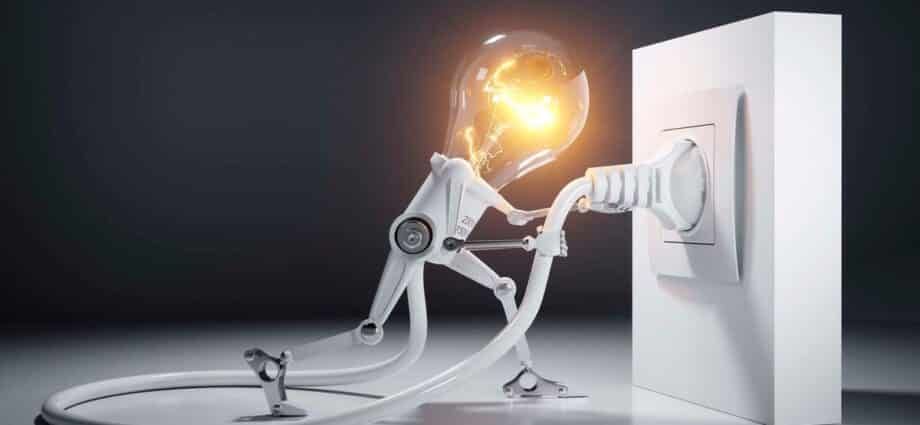
A few days ago, Tanzania announced it would import electricity from Ethiopia via Kenya to address persistent power shortages in its Northern Zone. Ethiopian electricity, it said, would be cheaper than power sourced from its south-eastern region.
The story was a reminder of something most Africans go about their daily lives oblivious to—the continent’s intricate and expansive electricity trade. Across Africa, most cross-border trade disputes that make the news involve emotive and easily relatable commodities—foodstuffs. But these are not the biggest intra-African traded goods.
Mineral fuels and oils, including crude oil and natural gas, accounted for over $17 billion in intra-African exports in 2019, making them the continent’s most traded commodity. This figure is undoubtedly higher today.
Pearls, precious stones and metals come second. Electricity ranks third, with estimates placing its value at between $3.5 billion and $5 billion annually. Fourth—believe it or not—is machinery, including mechanical appliances. Fifth is maize, the most formally traded agricultural commodity within Africa.
A 2023 Daily Nation story about polygamy along the Kenya-Uganda border provided a gem of an insight. It noted that the 57-kilometre stretch of the Busia border alone has over 200 illegal routes. An artificial intelligence tool extrapolating this density across the full 772-kilometre Kenya-Uganda border suggested around 2,700 ungazetted crossings. Africa has 109 unique land borders stretching a total of approximately 256,259 kilometres. Applying the same density, the continent has about 896,000 illegal crossings. Because the bulk of Africa’s daily trade—cattle, goats, bananas, beans, charcoal and similar items—moves across these ungazetted crossings, that’s where the real big numbers are.
Yet, despite all this, electricity remains Africa’s most intricate cross-border trade. Several countries actively engage in electricity trade. These transactions involve both buying and selling electricity to balance supply and demand, utilise surplus generation, or address shortages.
Southern African Power Pool (SAPP)
Established in 1995, SAPP connects 12 countries. South Africa dominates, exporting electricity to Mozambique, Zimbabwe, Eswatini, Namibia and Lesotho. It also imports from Mozambique and smaller amounts from Namibia and Lesotho.
Mozambique’s Cahora Bassa dam exports 65 per cent of its hydropower to South Africa, with the remainder going to northern Mozambique and Zimbabwe. Namibia, which imports from South Africa, also buys power from Mozambique’s gas-fired projects and exports small amounts back.
Lesotho exports minimal amounts to South Africa but primarily imports from South Africa to meet demand. Zambia, sharing the Kariba Dam with Zimbabwe, plans to export power via the Mozambique-Zambia interconnector.
West African Power Pool (WAPP)
WAPP aims to integrate grids across Ecowas. Ghana exports electricity to Burkina Faso, Togo and Benin. Burkina Faso imports from Ghana and Côte d’Ivoire. Benin imports from Ghana and Nigeria, relying heavily on external supply.
Nigeria exports to Benin, Togo and Niger, though its notoriously unreliable grid limits volumes. Côte d’Ivoire exports to Burkina Faso, Mali and Ghana when it has a surplus from gas and hydropower.
Mali imports from Côte d’Ivoire and Senegal. Niger and Senegal engage in small-scale electricity trade within WAPP, with Senegal exporting to Mali and Mauritania.
Eastern Africa Power Pool (EAPP)
EAPP connects 11 countries. Ethiopia, a major hydropower producer, exports electricity to Kenya, Sudan, Djibouti and Somaliland. Kenya imports from Ethiopia and exports to Tanzania. It also imports and exports power to Uganda.
Tanzania imports from Kenya and Uganda. Uganda exports to Kenya, Rwanda and Tanzania. Rwanda imports from Uganda and the Democratic Republic of the Congo (DRC). Sudan and South Sudan import from Ethiopia.
Maghreb Electricity Committee
Morocco, which imports up to 20 per cent of its electricity from Spain, also trades power with Algeria when relations allow.
Algeria exports electricity to Tunisia and Morocco. Tunisia imports from Algeria and Libya, supplementing its gas-based grid. Libya exports small amounts to Tunisia and Egypt when stable. Egypt exports its surplus to Libya and plans interconnections with Sudan and sub-Saharan Africa.
Central African Power Pool (CAPP)
CAPP remains underdeveloped, but the DRC exports minor amounts to Rwanda and Zambia while holding vast untapped hydropower potential.
The scale and complexity of Africa’s electricity trade challenge the simplistic notion that African production is rudimentary or peasant-driven. It reveals a sophisticated network, often overshadowed by simpler narratives.
The author is a journalist, writer and curator of the “Wall of Great Africans”. Twitter: @cobbo3














